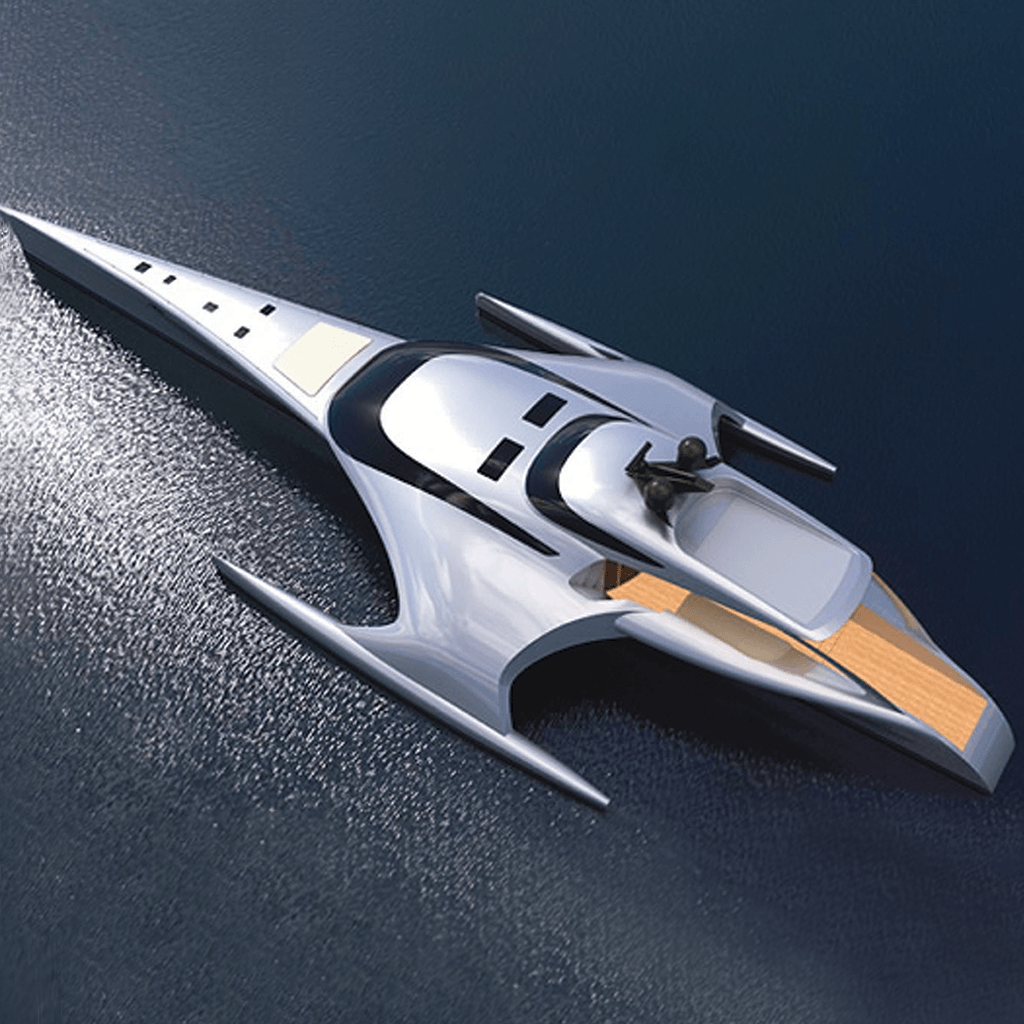Tests demonstrate high electrical insulation performance for Windform Composites
3D printing service bureau CRP Technology’s glass fibre reinforced Windform thermoplastic composites were subjected to dielectric constant and dielectric strength tests, and the results were excellent, exhibiting a dielectric constant of approximately 4 and withstanding peak voltages of at least 2.5 kV/mm.

3D printing service bureau CRP Technology announces that their glass fibre reinforced Windform thermoplastic composites for Selective Laser Sintering have demonstrated outstanding electrical insulation performance as confirmed by recent dielectric constant and dielectric strength tests. These tests have revealed good results exhibiting a dielectric constant of approximately 4 and withstanding peak voltages of at least 2.5 kV/mm.
Windform composites have undergone rigorous dielectric constant and dielectric strength tests, essential for evaluating material electrical performance, particularly in applications requiring electrical insulation. In today’s automotive industry, characterized by hybrid or fully electric vehicles, the use of insulating plastic materials is paramount due to the reliance of the entire propulsion system on electricity.
The dielectric constant test
The dielectric constant, often denoted by the symbol ε₀ (epsilon zero), is a fundamental constant in physics that represents a material’s ability to resist the formation of an electric field within it.
During the test, the Glass fibre reinforced Windform thermoplastic composites Windform LX 3.0, Windform GT, and Windform FR2 exhibited a dielectric constant close to 4, with Windform LX 3.0 and FR2 slightly above 4, and Windform GT slightly below. The tests were conducted at the standard frequency of 1 kHz.

The dielectric strength test
The dielectric strength test evaluated the maximum electric potential difference the materials can withstand before conducting electricity. Windform LX 3.0, Windform GT, and Windform FR2 demonstrated exceptional performance, enduring peak voltages of at least 2.5 kV/mm without any signs of deterioration. Specimens with a thickness of approximately 1.6 mm were subjected to sinusoidal voltages alternating at 50 Hz and amplitudes up to 4000 V without discharge.
These results are significant for electrical applications, where maintaining a dielectric constant around 4 is crucial, especially in fully electric vehicles with high voltage. Insulating plastic materials play a vital role in ensuring safety, efficiency, and proper operation of the electrical system. Examples include battery housings, power converter housings, cooling and air conditioning system components, and charging connector housings.
The ability of glass fibre reinforced Windform thermoplastic composites to withstand voltages of at least 2.5 kV/mm ensures reliability and safety in environments with high electrical voltages, such as in the electric power and telecommunications sectors. Windform thermoplastic composites emerge as a suitable choice for applications demanding high-quality electrical performance and reliability.
Cover photo: CRP Technology











